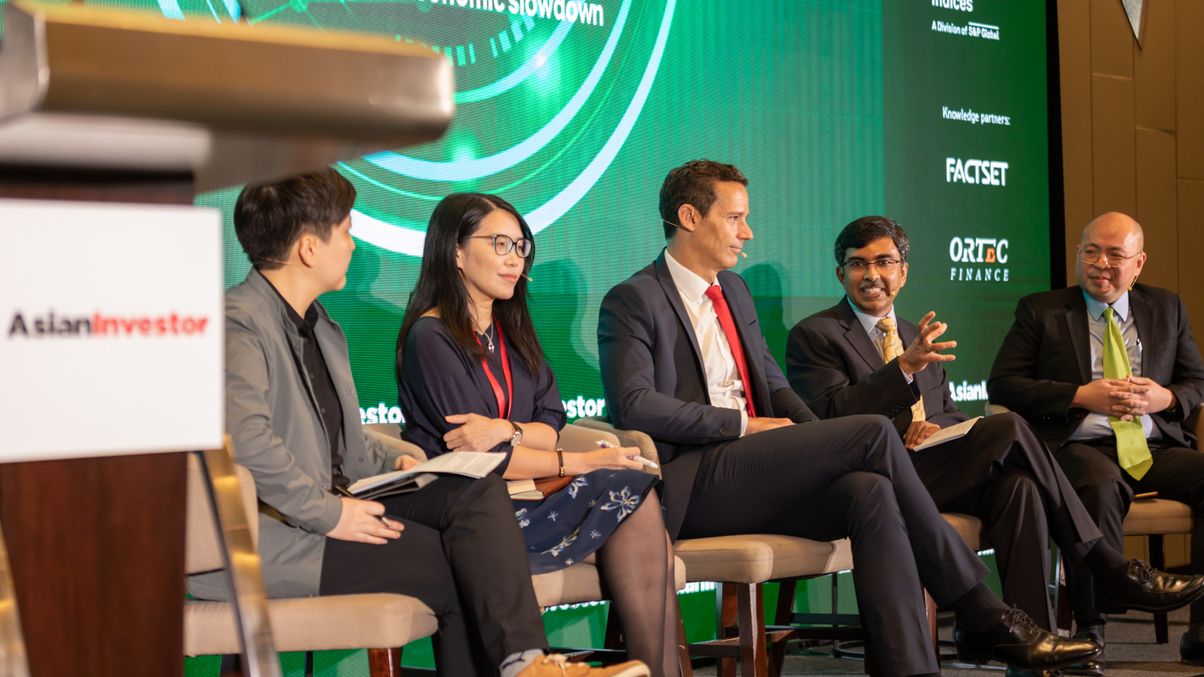Khazanah, OMERS Asia call for ESG rating improvements
The two asset owners noted that rating scores can be inconsistent among various external providers depending on the metrics used. Sometimes, even the rationale behind the ESG ratings can be wrong.

ESG ratings need common standards as different data provided by various agencies are raising challenges in measuring the performance of investor portfolios from an ESG perspective, especially on the "social" and "governance" components, senior executives from Khazanah Nasional Berhad and OMERS Asia said.
Sign in to read on!
Registered users get 2 free articles in 30 days.
Subscribers have full unlimited access to AsianInvestor
Not signed up? New users get 2 free articles per month, plus a 7-day unlimited free trial.
¬ Haymarket Media Limited. All rights reserved.


